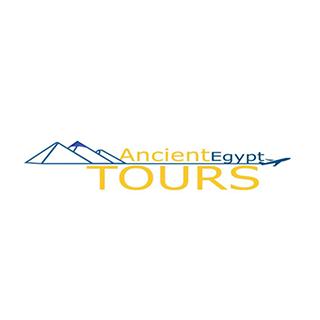Southern South Saqqara pyramid
The Southern South Saqqara Pyramid (also Unfinished Pyramid at South Saqqara; Lepsius XLVI; SAK S 6) is an ancient Egyptian royal tomb which was built during the 13th Dynasty in South Saqqara and is renowned for having the most elaborate hypogeum since the late 12th Dynasty pyramids. The building remains unfinished, and its owner is still uncertain as no unambiguous evidence has been found to settle the issue. In 2008, the Egyptologist Christoffer Theis proposed that the pyramid was built for king Djehuti, based on a inscription discovered nearby by Gustave Jéquier.
Pyramid complex
It is located southwest of the pyramid of Khendjer. The pyramid was rediscovered in the 1910–1911 expedition by Ernest Mackay and Flinders Petrie; in 1929–1930 Gustave Jéquier conducted a detailed exploration of the pyramid complex. The complex consists in a hypogeum, a barely started superstructure and a wavy enclosure wall; other expected subsidiary structures, such as the cult pyramid, funerary temple, etc., were not found. Remarkably, two uninscribed capstones made from black granite were discovered within the site, which seem to have brought there quite early compared to the incomplete superstructure. The pyramid appears to have been planned to be slightly larger than actually built: The base was designed to be a square of 78.75 m (258.4 ft) per side, adjacent to the 52.5 m (172 ft) base of Khendjer’s pyramid.
Attribution
The complex shares many similarities with other complexes, such as the pyramid of Khendjer, the Northern Mazghuna pyramid, and to a lesser extent the pyramid of Ameny Qemau (mainly in having a second sarcophagus).[1][2][5] However, none of the objects recovered from the complex provides the name of its owner, although construction management labels were found that refer to regnal years 3 to 5. A fragmentary inscription found within the pyramid reads “Weserkha…” that might refer to the Golden Horus name Weserkhau of king Djehuti, suggesting that he could have been the pyramid owner. Considering the size, complexity, and quality of various parts of the hypogeum, Rainer Stadelmann argued that the owner should have been an important (or at least ambitious) pharaoh when compared with the standards of the period.




Comment (0)